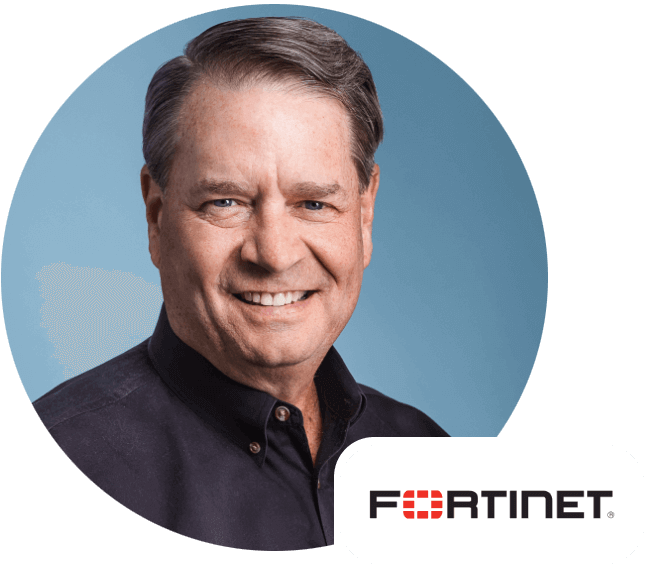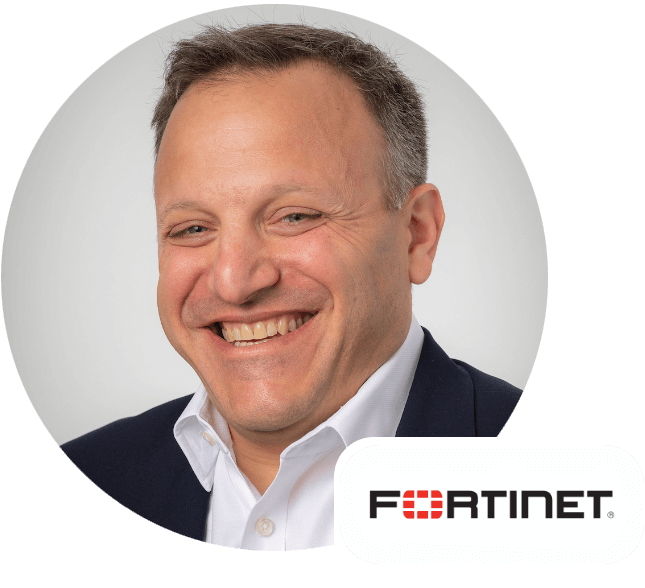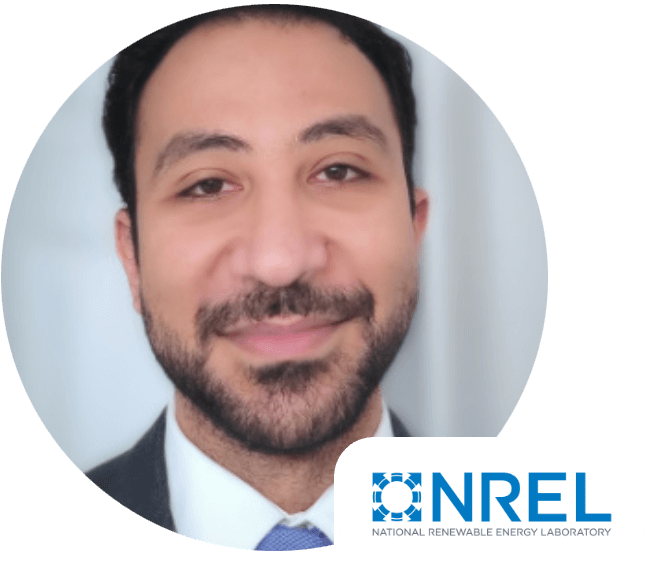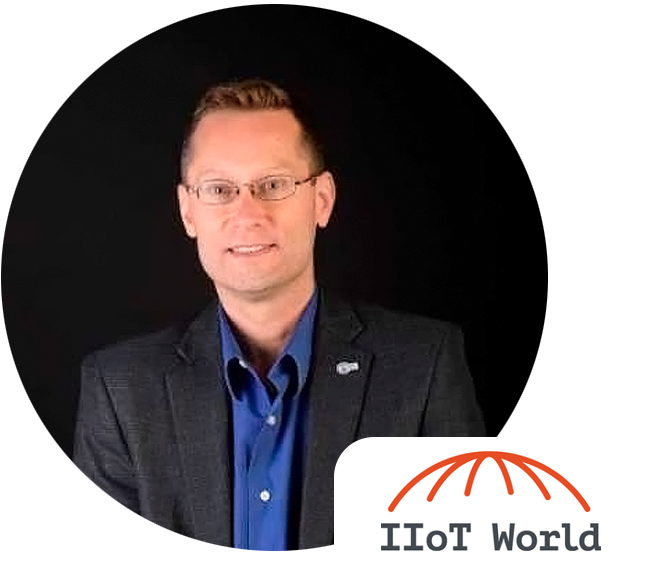How digital solutions have changed during the energy transition
Energy Transition – How O&G Companies Leverage Their IIoT Experience to Drive it
The Electrification of Transportation. Trends in EV Adoption and Implications for Infrastructure
Electric Cars Are Coming, and Fast. General Motors announced this year that they plan to exclusively offer electric vehicles by 2035, ending production of its cars, trucks and SUVs with diesel- and gas-powered engines. This would be possible by using batteries that could give vehicles a range of 450 miles and battery costs at a 60% less costs by the middle of this decade bringing EVs closer to cost parity with gas powered vehicles. Other Auto makers are also making advances in EV and battery technologies, which are quickly eroding the objections to electric vehicles.
This massive change will have enormous impact on the ability of utilities to support the demand for electricity, especially in the United States where EVs make up only 1% of the vehicles on the road today.
Join this live panel to find out what are the trends in EV Adoption and how the infrastructure will emerge. The need for more insightful, more inclusive, faster data analytics will explode. For example, we will have wireless chargers embedded in the road, much like the induction loops embedded today that monitor traffic lights.
Strategies for Securing OT Environments in the Energy and Utilities Sector
Join this panel to find out what are the strategies for securing OT Environments in the energy and utilities sector.
The Role of AI in Energy Management: Pragmatic Approaches, What Is AI and What It Is Not?
Best practices for mitigating ransomware for OT/IIoT Cybersecurity in Energy & Utilities
Learn from leading cybersecurity experts about best practices to protect your organization, such as implementing industrial frameworks and foundational security controls, aligning IT & OT, gaining executive buy-in and selecting the right tools for the job.
In this session, you will learn:
- The specific threat vectors that pose a growing risk to OT systems in power, energy, and other critical infrastructure
- How to overcome these challenges to enable consistent security maturity across IT and OT environments
- Specific advice on how to protect, detect and respond to the growing ransomware risks to these industrial systems























